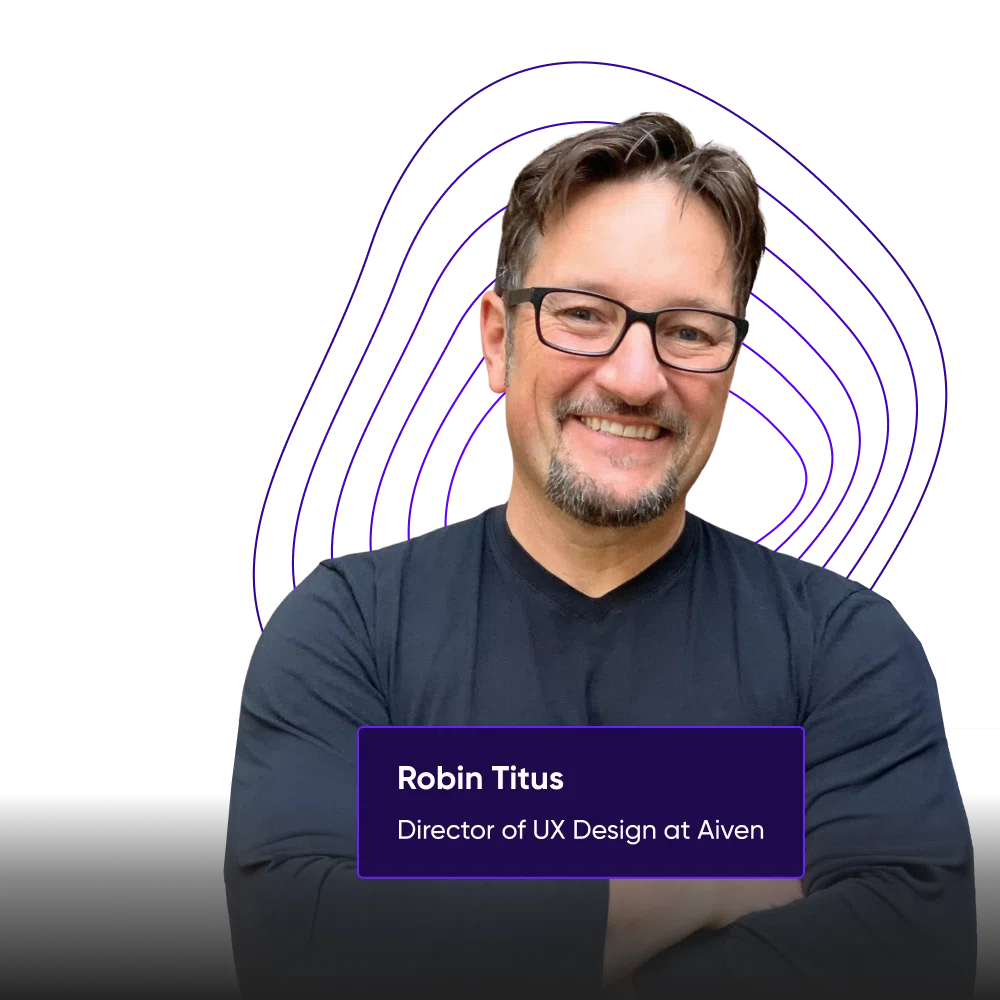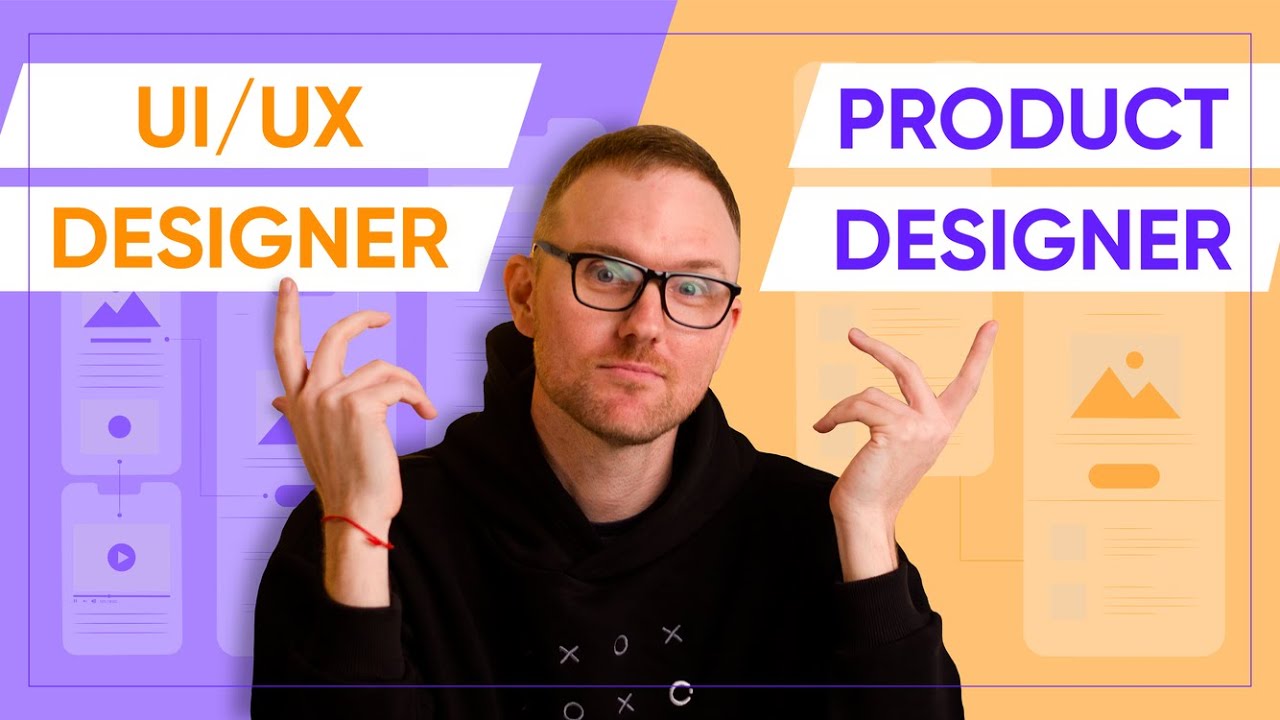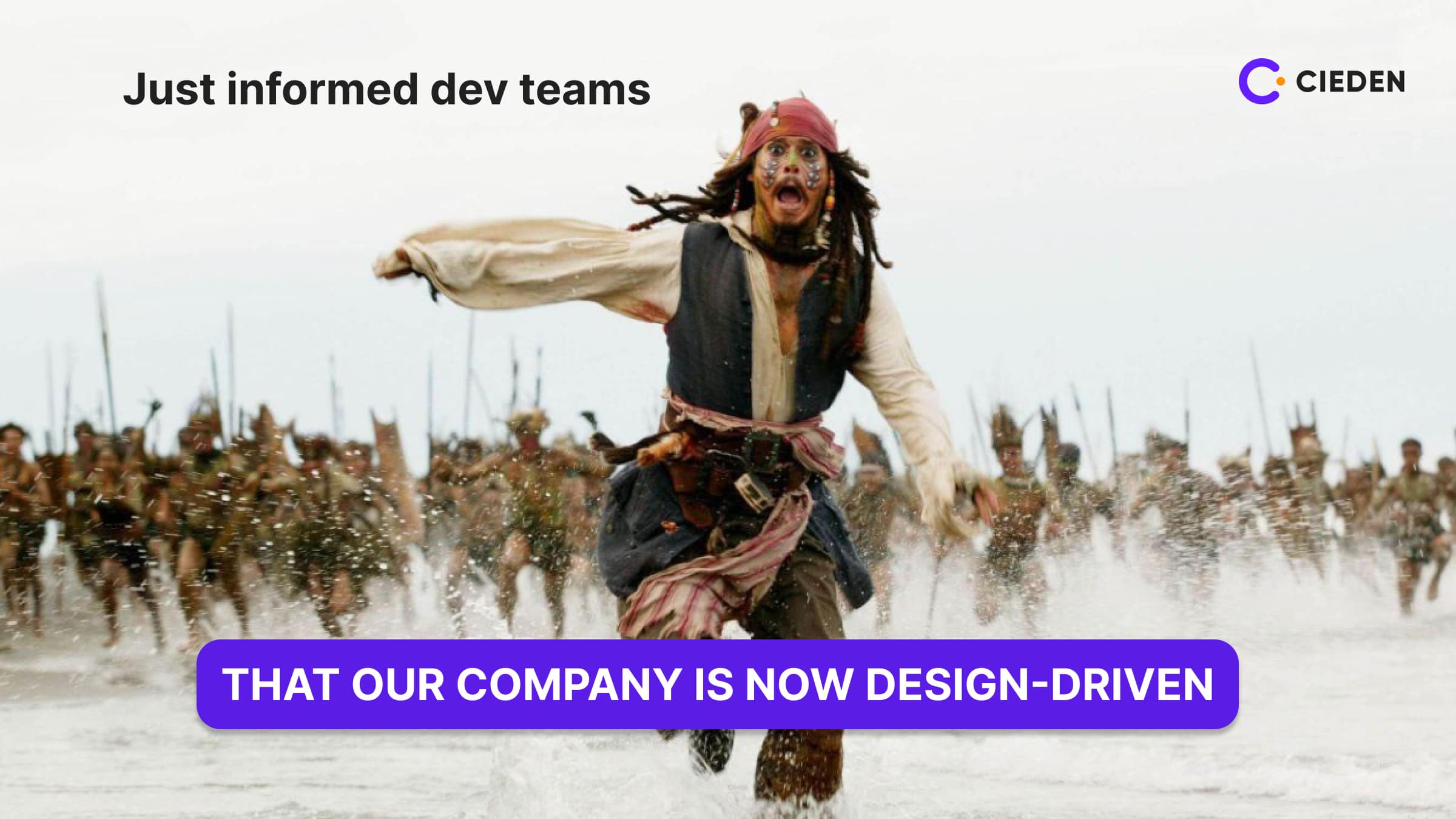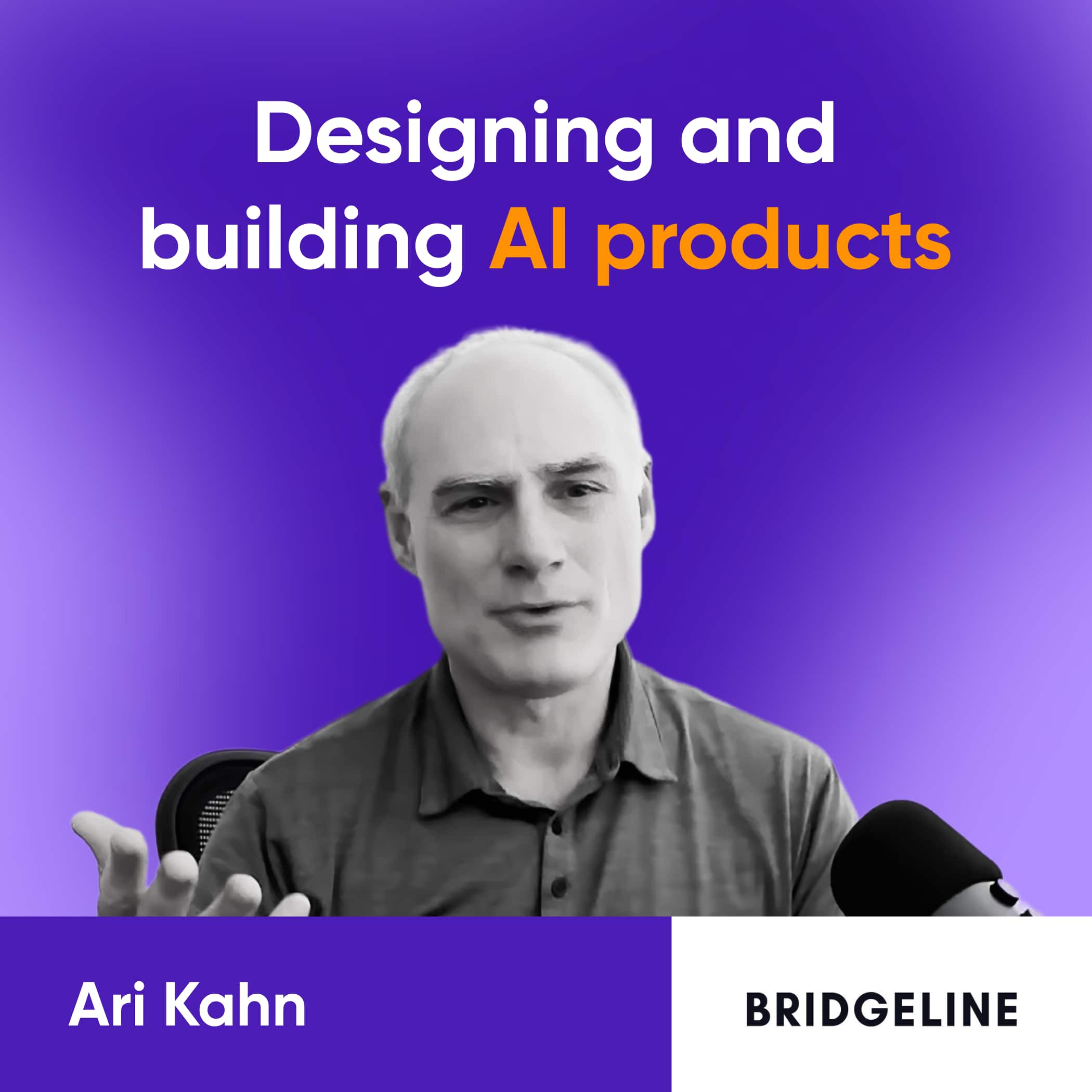Assessing soft skills of a designer in a limited time
Yuriy: That's true. Testing those soft skills is pretty hard during the hiring process. These things are noticeable in work over time. You can see how they communicate, interact with team members, defend their design decisions, and persuade people. It's hard to judge based on a portfolio or interviews alone. It's tough to grasp these nuances of soft skills.
Robin: Ideally, you would want to test everything, but you have limited time during the interview, so you have to decide what to test. From our experience, we hired someone with 10 years of experience and a nice portfolio who worked with huge corporations. He seemed proficient in soft skills and design challenges, but when the work started, his productivity was very slow, and we had to end our collaboration after the trial period. It's tricky because some designers are very good at passing interviews and presenting their teamwork as their own work. There is always a risk.
Yuriy: I usually want to see how candidates think, not just what they've learned to answer in interviews. I want to see how they build their thought process, generate ideas, and vet ideas based on viability.
Robin: I think it's always good to let them present. We ask them to show us a project where they dealt with complexity and stakeholders. We want to see their process—how they approached the project, the steps they took, the challenges they faced, and how they overcame them. This shows their thought process and how they work in different iterations. We look for how they facilitate discussions and what artifacts they present at early stages. If it looks like a final product, it probably won't lead to a good discussion. I'm a big fan of low-fidelity sketching at the start. Don't use high-fidelity tools; put something in front of people that they can discuss without it looking finished.
Yuriy: I also think the difference between a UI/UX designer and a product designer is the scope of metrics they consider. A UI designer focuses on aesthetics, a UX designer on user satisfaction, but a product designer considers many other metrics, like business impact and feasibility. They think about how their decisions influence the product as a whole and what other stakeholders will think, such as whether their animations will cause overtime for developers.
Robin: That's correct. I agree.
Measuring the success of the design
Ana: What are your product metrics and how do you measure product design decisions?
Robin: We try to use as much data as possible. We analyze user behavior through our systems to identify usage patterns. We establish a baseline and set targets for improvement. For example, in onboarding, we look at conversion rates and time metrics. We are investing in this area and educating our team on how to use these tools. Our data team supports us with analysts who help us work with this data. We also gather user feedback through interviews and meetings, but it's not always easy. This is an area we need to improve as we move up the maturity curve.
Ana: It's a challenge not to get stuck making small improvements, like increasing conversion rates by 5% or 10%. Sometimes, making a dramatic UX change can have a much bigger impact than incremental updates. It's valid to rediscover some flows rather than making minor tweaks.
Robin: I've seen products scale quickly without much optimization and measurement. They launch new features and then focus on optimizations later. You can't focus on everything at once. You have to decide whether to release version two or improve version one by 5%. It depends on the roadmap and pace. Design needs to help scope the first deliverable and subsequent steps, then find good metrics to measure the impact. It's not an easy task. Many design leaders, especially in B2B, struggle with this.
Yuriy: Why do you think they struggle?
Robin: It's about discovery and how much time you invest in it. After delivering a feature, do you move to the next one or keep improving the current one? Many companies finish something and immediately go to the next task instead of refining what they've built. This requires maturity in the product organization. We're moving in the right direction, but it's not consistent across all projects. We need to prioritize improvements on the roadmap to ensure they get attention.
Yuriy: Is the problem a lack of enough designers in most B2B products? If there were more people, some could focus on optimization while others work on strategy and product management.
Robin: More people are always helpful, but it's more about culture and mindset. Building a product culture across the organization, including design, engineering, and product management, is key. Teams should own the product and the business impact. It's about producing outcomes, not just output. We need to continue working until the desired outcome is achieved. Simply delivering a feature and switching it on isn't enough.
Yuriy: The team composition also matters. For optimizations, you might need conversion rate optimization specialists or more researchers. When focused on growth, you hire more product designers who are primarily UI/UX designers, and their mindset is on building new features and delivering results in that area.
Ana: It's also about having a data-driven approach. While we talk about user-centric design, improving it should be driven by data. Tracking feature performance and user behaviors is crucial, and building this into the company culture is challenging.
Building a culture of continuous improvement in product design
Yuriy: When you grew your team, did you change the type of people you started hiring? Did you focus on seniority, specialization versus generalism? What would you recommend for other B2B products when building their design teams—hiring generalists or specialists, hiring only seniors, or starting with a balance of middle and maybe even junior designers?
Robin: In the beginning, it's important to have a few really good specialists who can set a strong foundation and keep the engine running while you build your organization. Then you can bring on generalists who focus more on strategic design and discovery. In a previous company, we built a research team too early. Now, I'm doing it differently. Currently, we don't have a dedicated research team, but we plan to in the future. First, you need a solid foundation because delivering design is essential. That engine needs to work and scale, helping the organization grow. After that, you can add specialists in discovery, research, and other areas to improve your design decisions.
In terms of seniority, it's initially more important to get good senior people to build that foundation. Then you can add junior roles, which also provide opportunities for existing team members to mentor, coach, and grow into leadership roles. Once you have around five or six people, you can bring more juniors onto the team.
Yuriy: I agree. There are ideas that a successful, big product should only work with top senior experts. However, a lot of work doesn't require senior people. Seniors may find repetitive tasks mundane, while juniors will find them excellent learning opportunities. This creates a motivated team of people who love what they do.
Robin: For example, at Aiven, we invested a lot in building a strong design system. This enables all designers and front-end engineers to work faster with fewer discussions about implementation. It's not just about building components but also providing guidelines, patterns, and documentation around the design system. This investment has paid off. With a solid design system, you can have an efficient design engine and then add more skills and expand your scope to support different teams effectively.
What type of product design outsourcing really works
Ana: It also aligns the team well. In cases where you lack some expertise, such as user research, would you consider outsourcing parts of the design process or deliverables to design agencies or freelancers?
Robin: I've seen outsourcing work, especially when I was with startups. Once you reach a certain size, it makes sense to have an in-house team, although it depends on the domain. Our domain requires a deep understanding that is harder to establish with a design agency. However, for research, using an agency as an extended workbench can be very effective. Specific design challenges might also benefit from an external perspective or new methods, such as running a design sprint. Sometimes, you get stuck in your ways, and bringing in someone new can spark fresh ideas and approaches.
Yuriy: I agree. We have a client with 30 designers who still hire five designers from us because they are scaling so fast. They needed immediate help and couldn't onboard and hire quickly enough. If you work with a trusted partner whose domain is similar to yours, this approach can work well.
Robin: Exactly. Having someone, whether internal or external, who can quickly visualize ideas is incredibly valuable. Too often, ideas are discussed without proper visualization, leading to lengthy documents instead. Our tools have become so powerful that designers sometimes forget the importance of quick sketches. Quickly visualizing and sketching ideas helps drive productive discussions and explore different alternatives effectively.
Methods to make your team bring more perspectives on design
Yuriy: What can you do internally to help people switch perspectives? At Cieden, before COVID, we had a rule where everyone switched tasks every six months or so. This included working with different teams to avoid staying in the same comfort zone. We received mostly positive feedback, though some people, especially introverts, found it harder. We experimented with workshops and switching people within projects to bring new perspectives to design. In product design, people often work with the same developers and product managers, using the same design system for years. Have you found any solutions to bring new perspectives?
Robin: Having a regular rhythm for switching teams is beneficial. We also do that to some extent because we have more teams than designers. As a result, designers naturally work with different teams over time. At Aiven, we have one product and one design system, so designers always work with the same foundation. Switching contexts and teams helps.
We also experiment with different methods. During COVID, we tried new ways of doing design sprints and research techniques. Encouraging the team to experiment and being curious is important. It's not enough to just suggest it; you need to create space for it. Dedicate time for the team to come together and try new things. It might not always create immediate value, but it sparks new ideas.
How to make design important in an org with 100+ developers
Yuriy: You mentioned that you have more projects than designers, which means there are more developers than designers, as usual.
Robin: Yes, we have a design team of 10 people and about 100 developers. However, not all developers work on the front end, so we probably deal with around 50 developers directly.
Yuriy: When you have 10 times more developers than designers, how do you make design important in the organization when there are many more votes against the designer's vote?
Robin: That's a very good question. It's important for design to become visible. You have to be bold, loud, and communicate effectively. Find opportunities to showcase what design can do. We don't just create nice user interfaces; we can also help in discovery. It's a lot of evangelism, which is part of my job. I look for ways to work cross-functionally and create a culture that values design.
If you're not in a design-led company with a designer in the C-level team, you always have to fight for your seat at the table. Connect with people and deliver good work. Instead of just talking about design concepts like the double diamond process, relate to what other departments do and discuss practical processes. Design-driven development requires everyone to care about design.
While it's the designer's responsibility to advocate for design, everyone should contribute to building great products. This can lead to micromanagement or diverse opinions on design, which can be beneficial for generating new ideas. As a designer, you can evaluate these ideas and make judgments on the best direction. However, this approach requires strong soft skills to manage effectively.
I actually appreciate it when engineers propose ideas and sketch something quickly. I love that.
What is a design-driven organization?
Yuriy: Awesome. You mentioned the term "design-driven organization." How can we measure that an organization is design-driven and not just average?
Robin: For me, a design-driven organization integrates design into its strategy and communication, especially towards customers and users. It's not just about having a designer at the C-level; it's about fostering a design culture. You need to take design seriously and have a dedicated design department. Simply having a few designers loosely assigned to different teams isn't enough.
Yuriy: Regarding the role of a design manager or design leader, what should be their main focus? Should they act as a center of excellence or have final approval power on design directions for the company?
Robin: A design leader should provide a design strategy that shows how design will help achieve business goals. They should support the business and product teams. It's not about having the final say on everything related to design. In empowered product teams, decisions should be made jointly to achieve the best outcomes. Designers are just one part of the team, and decisions should be based on insights, data, and feedback. If a design leader tries to be involved in everything and make all the decisions, that leads to micromanagement.
The role of the design leader
Ana: What is your recommendation for design leaders?
Robin: As a design leader, don't just focus on design or try to optimize processes within design alone. Work cross-functionally with product managers and engineering managers to build a strong product culture together. Help your team grow by creating a development plan for each member. Talk to them often and coach them. Senior or staff designers should mentor others and provide coaching.
This was my approach when I started my design career. I also began teaching design, which motivated me to read books, research, and case studies extensively. Knowing I had lessons to prepare pushed me to go the extra mile and keep my knowledge up-to-date. This continuous learning helped me grow to where I am today.
Ana: Robin, thank you for joining us today. We covered a lot, including expectations for the designer role, building design teams, hiring, establishing a design vertical, and the role of the head of the design department. We discussed building a user-centric, data-driven, and product-centric culture. We're grateful for your contributions and for sharing your experiences and personal stories. Thank you for joining us, and for those watching, don't forget to subscribe if you want to hear more conversations like this. If you have any questions, feel free to leave a comment—we love hearing from our listeners.
Yuriy and Ana: Thank you, Robin.
Robin: Thank you very much. Bye!






